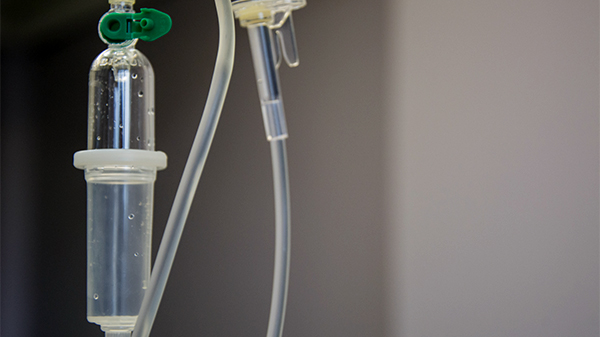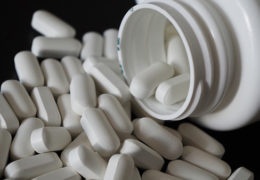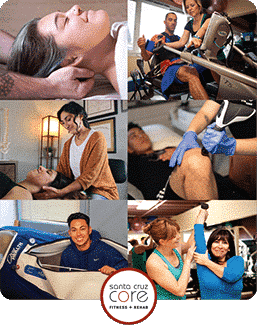 Extreme exercise can have its drawbacks, especially after a long period of inactivity. One such drawback is Rhabdomyolysis, a condition whose severity can range from mild to wild. With this in mind, early diagnosis is critical. At any rate, while rhabdomyolysis is not exclusively to extreme exercise, it is an outcome to watch out for.
Extreme exercise can have its drawbacks, especially after a long period of inactivity. One such drawback is Rhabdomyolysis, a condition whose severity can range from mild to wild. With this in mind, early diagnosis is critical. At any rate, while rhabdomyolysis is not exclusively to extreme exercise, it is an outcome to watch out for.
What Is It?
Rhabdomyolysis is a condition in which components of injured/damaged skeletal muscle leak into circulation. Leaked components include myoglobin, creatine kinase (CK), and electrolytes. The presence of these compounds in the blood can lead to electrolyte imbalance and acute renal failure (ARF.)
Since acute kidney failure is the major concern of rhabdomyolysis, it is important for the individual to stay hydrated. Therefore, avoid diuretics like alcohol and caffeine (which is often found in energy drinks and pre-workout). Intense hydration is a major part of the treatment for this condition.
Symptoms
Symptoms range in severity and include-
- Extreme fatigue
- Soreness
- Muscle weakness
- Bruising
- Dark (tea-colored) urine
- Nausea
- Fever
Causes
 Skeletal muscle damage leads to leakage into circulation- and many things can damage muscle. For example, this can include the side effects of medication, major physical trauma (an accident or fall), an infection, and extreme exercise.
Skeletal muscle damage leads to leakage into circulation- and many things can damage muscle. For example, this can include the side effects of medication, major physical trauma (an accident or fall), an infection, and extreme exercise.
Intracellular components of muscle components are not meant to be in circulation. In other words, when levels get to0 high the kidneys (the filters) begin to malfunction.
Treatment
Treatment of rhabdomyolysis includes intense hydration using intravenous (IV) methods. In severe cases, treatment may have to resort to dialysis. This needs to be done fast- before the high muscle components level in the blood lead to acute renal failure. Consequently, it may damage other organs.
How to Lower Risk?
Above all, beware of the symptoms of rhabdomyolysis and do not jump into exercise routines that you are not ready for. Yes, it is good to have a challenging work-out but not one that puts your health in danger. Let your body adapt to the new routine and gradually increase intensity. Also, consult a fitness professional if possible, and most importantly- stay hydrated!
References-
- Torres, Patrick A, et al. “Rhabdomyolysis: Pathogenesis, Diagnosis, and Treatment.” The Ochsner Journal, The Academic Division of Ochsner Clinic Foundation, 2015, www.ncbi.nlm.nih.gov/pmc/articles/PMC4365849/.









Leave a Reply